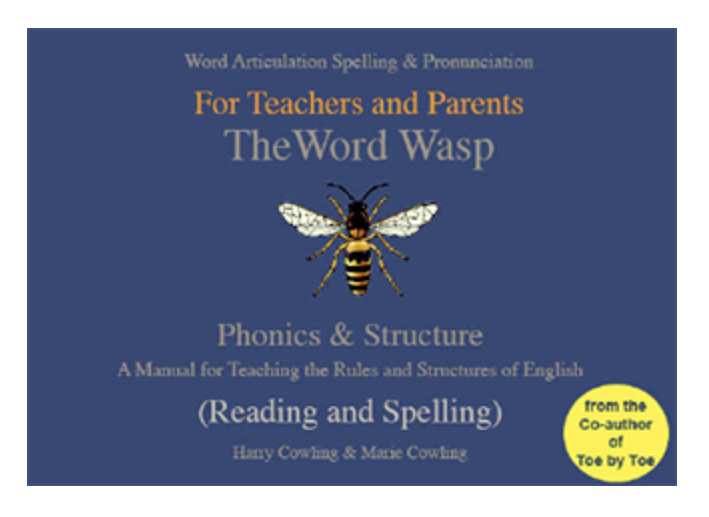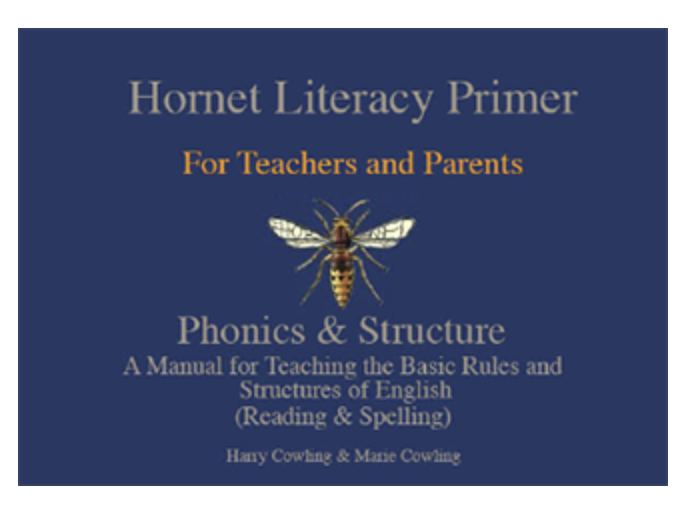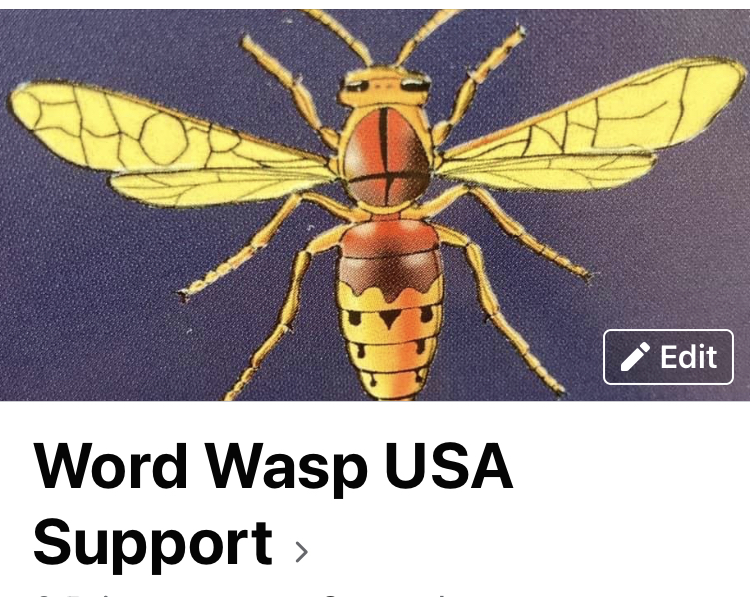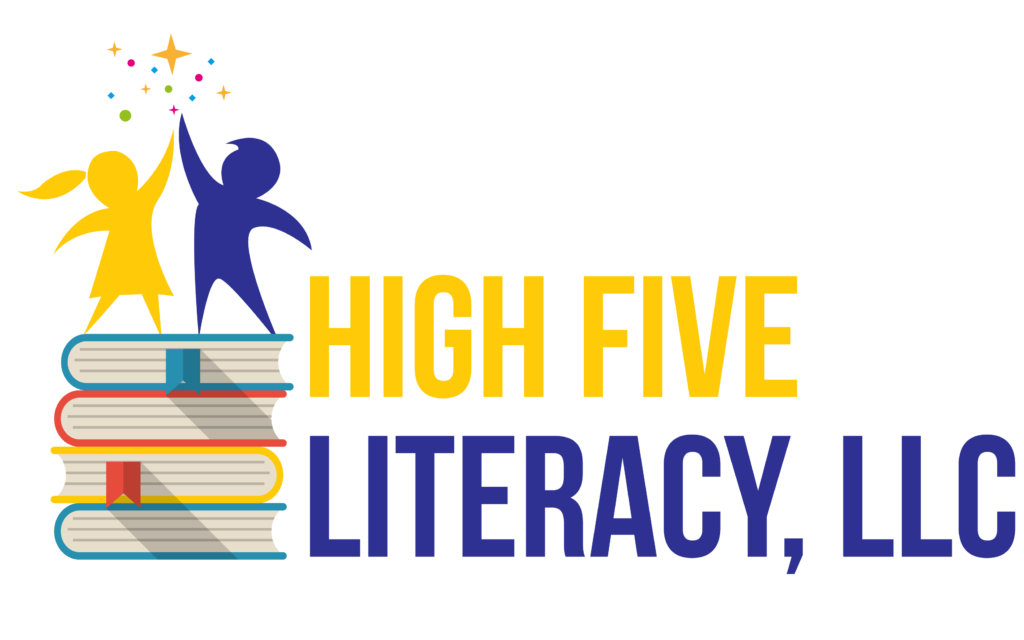The Orton-Gillingham (OG) approach is considered the “Gold Standard” for teaching children to read, especially children with language-based learning difficulties such as dyslexia. Parents clamor for OG or OG-based programs, and many spend significant amounts of money on private tutoring to remedy reading problems. There are, however, promising intervention programs available that can achieve the same results at a fraction of the cost.

One such program is Word Wasp (WW), a reading intervention program created in the United Kingdom by Harry and Marie Cowling. WW also has a starter version, Hornet Literacy Primer, for younger children or for anyone with severe reading and spelling problems, including those diagnosed with dyslexia. A suitability assessment helps determine which version is right and where to begin.

WW/Hornet provides a no-nonsense decoding and encoding program requiring twenty to forty-minute sessions, two to five days a week. Without gimmicks or graphics, parents and caregivers will see drastic changes in word-reading, spelling, and fluency in a matter of a few months!
Parent-support groups on social media are discovering WW/Hornet and have many questions. As detailed below, the components of WW/Hornet compare favorably to the components of OG. As a Certified Dyslexia Practitioner, I have found WW/Hornet to be an inexpensive alternative for parents, teachers, teaching assistants, and tutors who are willing and able to teach children to read and spell.
To understand how WW/Hornet compares to OG, it is important to have a sense of what the OG approach is and why it is so effective in remediating reading difficulties. Samuel Orton, a doctor, and Anna Gillingham, a teacher, designed a teaching approach that was multisensory, explicit, and systematic to help children who were struggling to learn to read, spell, or write well. The Gillingham Manual, published in the 1930s, provided teachers with a structured sequence of activities to help children develop the necessary language-based skills that form the foundation of reading. The OG approach incorporates visual, auditory, and kinesthetic-tactile techniques to help ensure that the skills being taught become embedded in long-term memory. This is accomplished by beginning with the easiest skills and cumulatively building to more complex skills, utilizing lots of practice, repetition, and corrective feedback.
If we compare the elements of OG and its principles of instruction, as described by the International Dyslexia Association (IDA), to the elements of WW/Hornet, we can see many similarities, which make WW/Hornet a program to consider for your child.
What follows is a point-by-point comparison of OG, as described by IDA (in italics), and the structure of WW/Hornet. (WW will stand for both programs.)
Principles of Instruction: How It’s Taught
Simultaneous, Multisensory (VAKT): Teaching OG is done by simultaneously using all learning pathways in the brain (visual/auditory, kinesthetic-tactile) in order to enhance memory and learning.
- WW has children WRITE while simultaneously saying the SOUNDS in a word. Like OG, this approach IS multisensory; however, WW limits the multisensory approach to what is deemed ESSENTIAL for children to create a bond between reading and spelling. This process, known as “orthographic mapping,” takes an unfamiliar printed word and turns it into an immediately recognizable word, which is how a word becomes a “sight word.”
- Research shows that integrated spelling improves phonics instruction because letter-sound PRODUCTION is more effective at helping children remember what they learn than techniques that only require letter-sound RECOGNITION.
- WW does not use letter tiles. Writing while saying the sounds is the preferred method. Nevertheless, if necessary, letter tiles and keyboarding can be substituted when a child is resistant to writing or has difficulty holding a pencil.
- There is an emphasis on “mutual mouth watching” between coach and tutee to assist with spelling. The name “WASP” was chosen because every lesson includes Word Articulation, Spelling, and Pronunciation to build an understanding from the start that English is a REVERSIBLE code. By teaching reading and spelling in the same lesson, children discover the link between letters and sounds.
Systematic and Cumulative: Multisensory language instruction requires that the organization of material follows the logical order of language. The sequence must begin with the easiest and most basic elements and progress methodically to more difficult material. Each step must also be based on those already learned. Concepts taught must be systematically reviewed to strengthen memory.
- WW follows a LOGICAL order, going from basic letter-sound correspondences to working on decoding and encoding multisyllabic words. WW continuously cycles back to the foundational elements and reviews concepts to ensure MASTERY at each stage.
- The program was developed with both dyslexic adults and children and has gone through multiple trials to enhance the text’s practical application. The progression of skills required to be a successful reader will become apparent to anyone picking up the manual.
Direct Instruction: The inferential learning of any concept cannot be taken for granted. Multisensory language instruction requires the direct teaching of all concepts with continuous student-teacher interaction.
- Children are not left to figure out the alphabetic code for themselves. WW uses SIMPLE, direct language. The expectations for the student are very clear, and the “coach,” often a parent, is given directions for each step and might even be learning alongside their child. The instructions are designed to be CLEAR and ACCESSIBLE for the coach.
- There is continuous feedback in the form of error correction, so children are always left with the correct response.
- As the authors state in the manual, “Ignore these exercises or fail to give them their due respect and you may use this text as a door-stop!” Now that’s straight talk!!
Diagnostic Teaching: The teacher must be adept at prescriptive or individualized teaching. The teaching plan is based on careful and continuous assessment of the individual’s needs. The content presented must be mastered to the degree of automaticity.
- This is a definite strength of the WW structure. The coach does not have to prepare materials or write complicated lesson plans. It is INDIVIDUALIZED and DIAGNOSTIC, even for someone without any teaching experience.
- The child must read and spell words from the manual correctly for two consecutive days. The child will immediately know when there is an error. A dot will be placed on the chart for the incorrect word instead of a tick (check) for getting the word correct. The child must get two ticks in a row or continue to practice the incorrect words the following day while still moving ahead in the program.
- Parents report loving this IMMEDIATE FEEDBACK and learning where the gaps are in their child’s reading development.
Synthetic and Analytic Instruction: Multisensory, structured language programs include both synthetic and analytic instruction. Synthetic instruction presents the parts of the language and then teaches how the parts work together to form a whole. Analytic instruction presents the whole and teaches how this can be broken down into its component parts. (It focuses on combining larger sound units or using known words to figure out words.)
- The WW is a SYNTHETIC phonics program that also uses elements of LINGUISTIC phonics, an approach to reading and spelling that builds on speech. Tying spelling to speech immediately helps students recognize the relationship between what is said out loud and what is printed.
- WW uses COLOR-CODED letters for students to easily notice vowels and other important information as they are taught. Students are taught to blend for reading and listen for sound discrimination when spelling. A standout feature of the program is how it illustrates unstressed vowels (schwa) for reading and spelling polysyllabic words. Students are taught that the amber colored letter(s) mean that the sound will be weak and the word must be tweaked when saying it in a natural voice.
- Flexibility is key. Syllable division is not taught with rules. Students are given words that have already been split in multiple ways and students learn to become flexible when chunking the word.
- Students are given “word families” to teach inflectional endings and how to spell them.
- WW incorporates ANALYTIC instruction by grouping words with similar spelling patterns together in “frames” that do not follow a “rule” or generalization.
Anyone who has used the WW program knows that you do not need bells and whistles to teach a child to read. Parents are just thrilled to see their children reading and writing!

High Five Literacy and Academic Coaching is proud to offer support to any parent wanting to try the Hornet Literacy Primer or Word Wasp program. Please see our new Facebook group, Word Wasp USA Support. This collaboration was designed to provide American families with an affordable, effective reading intervention program that offers the same results as OG.

5 Comments. Leave new
I would like to know the packages and prices for the manuals you are offering
You can order the manuals on the website, wordwasp.com. Any questions about pricing must be through the authors of the program.
Good afternoon Ms. Borkowsky. Do you provide reading intervention services during the summer months?
You can contact me privately.
faithborkowsky@gmail.com
Thank you.
[…] no cost and low-cost options to learn how to do it themselves. I recently wrote a blog about the Hornet and Word Wasp manuals, which offer concrete, workable solutions for children who have fallen behind. I believe that more […]